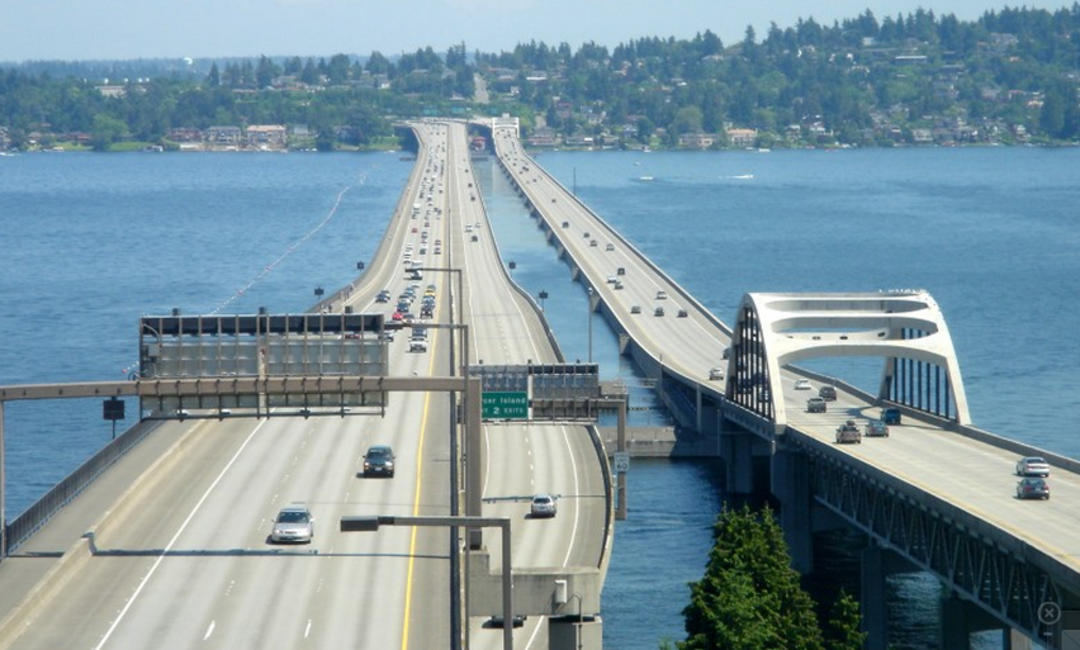On Other Blogs Today: Cars, Kitties, and Commute Costs

1. KOMO TV lambastes the state department of transportation for refusing to eliminate tolls on SR-520 while the toll-free parallel route, I-90, is closed for a week.
Not that that's what typically happens.
But who wants to read good news when you can read about "Carmageddon"?
Hyperbolic predictions? Check: "The closure is expected to create a traffic nightmare affecting thousands of daily commuters."
Unattributed statements made by "some" or "many"? Check: "Many were hoping that the state would temporarily lift the 520 bridge tolls as a way to relieve the problem." (Not to mention that unattributed "is expected to" in the statement above. "Expected to" ... by whom?)
An unrealistic worst-case scenario presented as almost inevitable? Check: "And the tolls could cost individual motorists up to $35 or more if they need to use the 520 bridge during all seven days of the closure."

That statement is worth picking apart, because it's only true for Eastside commuters who: 1) Have never gotten a Good to Go pass, despite the fact that they commute back and forth to the Eastside, and therefore have to pay a large fee for crossing 520 without a pass; 2) Choose to commute at the very most expensive time of day; and 3) Commute not only Monday through Friday, (when, admittedly, they're more likely to be crossing 520 at the most expensive time), but also on both Saturday and Sunday—again, at the most expensive possible times.
Every time a major road gets shut down, people predict a "Carpocalypse." And every time, actual drivers prove that they're capable of making smarter choices, like going to work at different hours, telecommuting, or taking transit. See, to name just two examples: 2007's partial I-5 closure, or 2011's nine-day West Seattle Bridge shutdown.
Unfortunately, "Drivers expected to once again choose other options" doesn't make as exciting a headline as "Traffic nightmare expected because government refuses to cut tolls."
2. Meanwhile, according to the PI.com, I'm a "hectoring feminist" whose voice sounds like a cat being neutered.
For more on this afternoon's "Kitty Hall" cat adoption event, see today's Joel Connelly column.
3. At Seattle Transit Blog, guest writer Brent White argues that it may be time to shelve what he calls King County Metro's "off-peak discount." (I've always thought of it as the regular fare, contrasted with the higher peak fare, but it amounts to the same thing).
His point: With King County preparing to implement a low-income fare of $1.50 for people making up to 200 percent of the poverty level, it may no longer make sense to charge everyone less during off-peak hours.
White writes:
The time-of-day demographics aren’t expected to change when Metro raises fares next March 1, but who benefits will, presuming the low-income fare program is implemented. This is because low-income riders will already have a single fare all day: $1.50. Only riders without a low-income ORCA will be getting the off-peak discount of 25 or 75 cents. So, the off-peak discount will simply benefit higher-income riders.
I'm all for simplifying the system, but I worry that increasing the cost of trips on the margins of the peak commute periods, for example, will eliminate the incentive to take trips off-peak (kind of like those tolls I talked about above). In that case, peak-hour buses will only become more crowded (a problem that isn't going to get better when Metro starts cutting service), making Metro a less desirable commute alternative.




